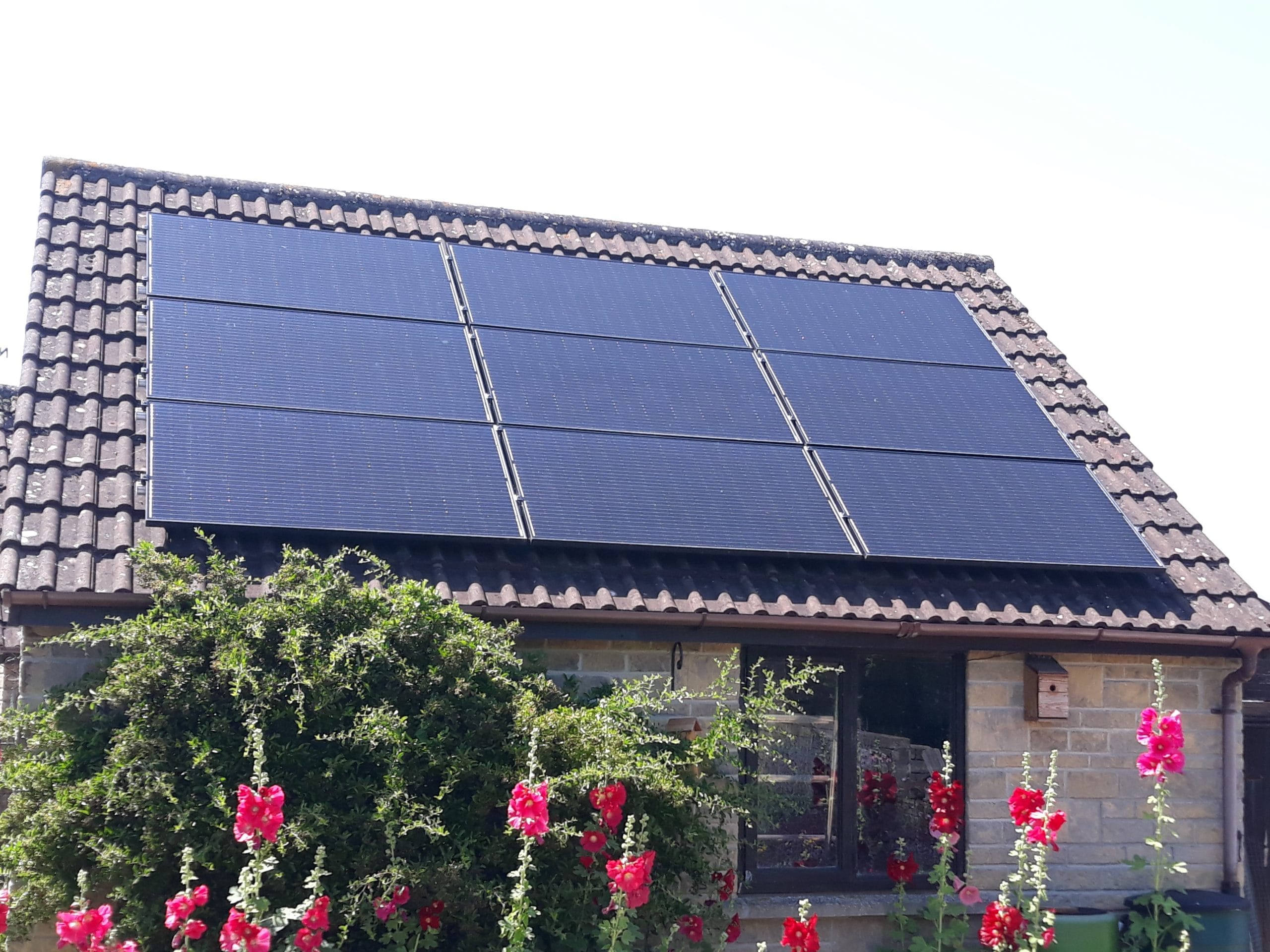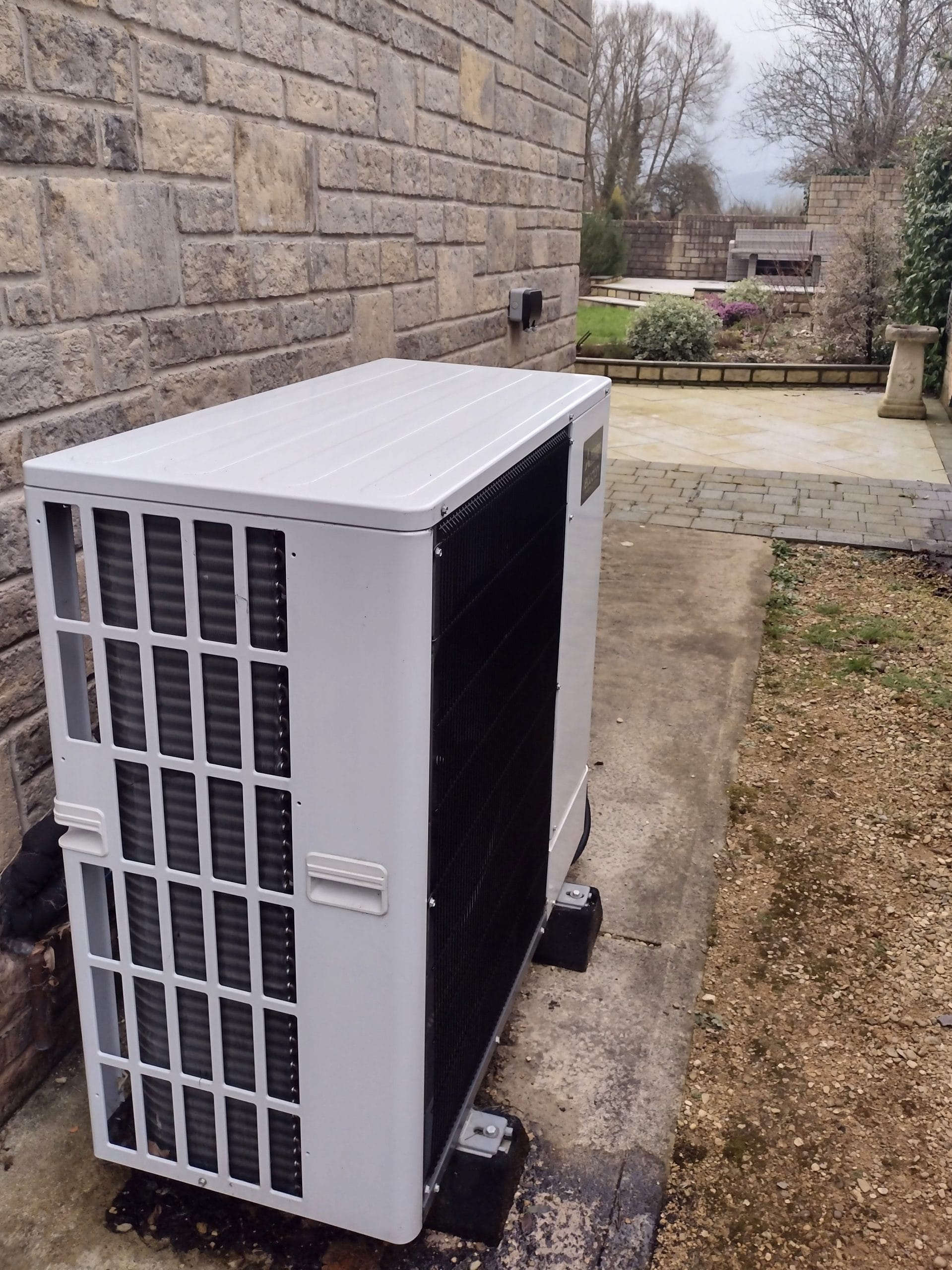For Russell and Kate, installing the heat pump involved some significant home renovations. They saw this as an opportunity to modernise their home and make further energy efficiency improvements.
They already had new windows fitted. “That improved the thermal insulation of the property and meant that we could have a smaller heat pump,” Russell explains.
Because heat pumps run on a lower temperature system than an oil boiler, they needed to install larger radiators that could provide more heat. “We’ve moved nearly all of the radiators to internal walls, so there’s much less heat loss out through the fabric of the building,” Russell explains. Because they also needed new pipework for the heat pump, they had the whole heating system refurbished.
The installation took a week, during which Russell and Kate were able to stay in their home. “They removed the old oil boiler, changed the plumbing, changed the radiators, fitted the heat pump and put a larger hot water tank in the airing cupboard,” Russell recalls.
The solar panels and diverter were then fitted in a couple of days.

